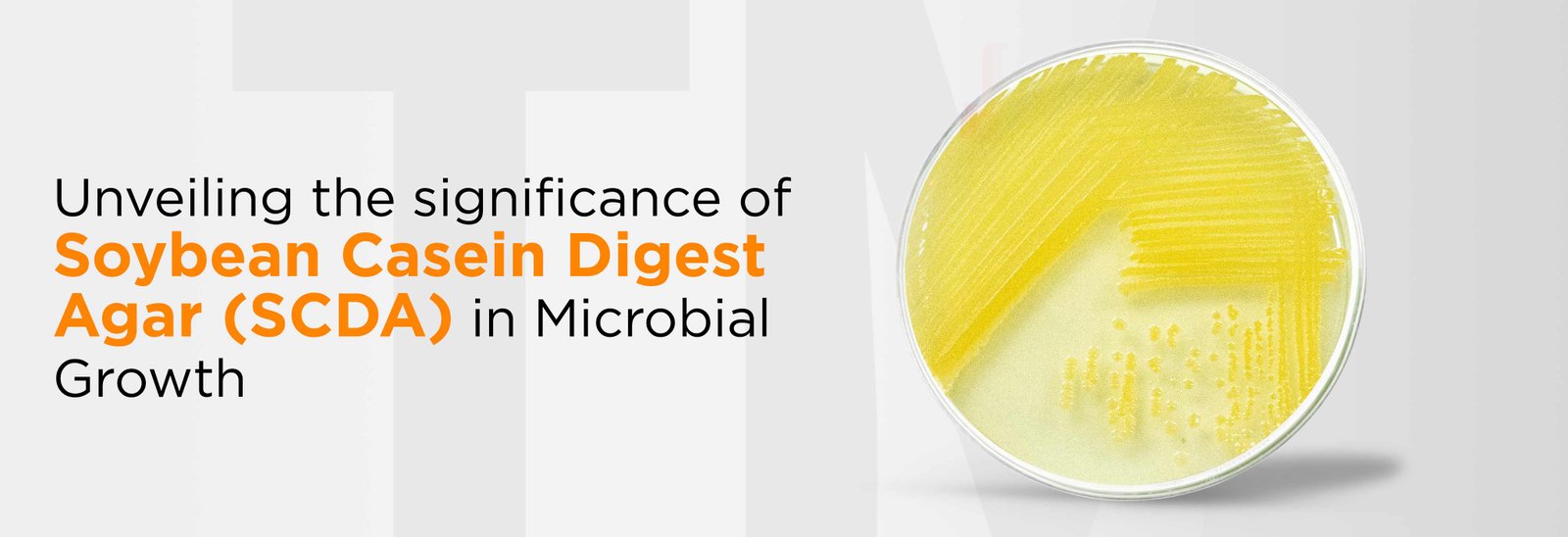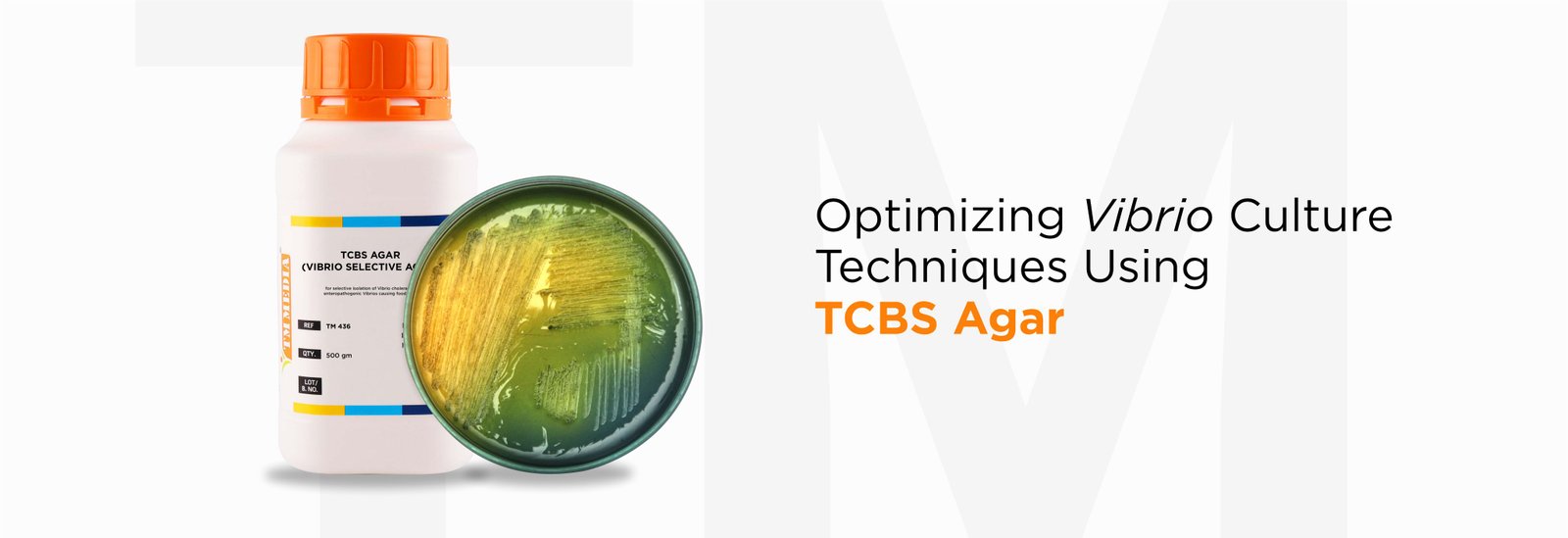

In the world of microbiology, the choice of gelling agents can significantly impact experimental outcomes and research precision. Three essential gelling agents that every microbiologist should be familiar with are Agar-Agar, Agarose, and Jelly. These substances, with their distinct properties and applications, play a pivotal role in microbiological research. In this comprehensive guide, we will examine the fascinating world of these gelling agents and explore their applications in the field of microbiology.
Agar-Agar: A Microbiologist’s Trusted Ally
Agar, a natural gelling agent from seaweed, is the unsung hero in labs. Here’s why microbiologists love it:
In microbiology, Agar is the ultimate multitasker, making it a lab essential.
Agarose: Precision and Control in Molecular Biology
Agarose, derived from agar-agar, takes the spotlight in microbiology with its remarkable qualities:
Jelly: The Culinary and Microbiological Crossover
Jelly, typically a treat for the taste buds, has surprising roles in both the culinary and microbiological realms:
At TM Media, we understand the critical role that gelling agents play in microbiological research. We offer a range of high-quality gelling agents to support your scientific endeavours. Let’s explore some of our exceptional products that are essential for microbiologists and researchers:
Used as a solidifying agent in bacteriological routine laboratory work, preparation of microbiological culture media, plant tissue culture media, and pharmaceutical preparations.
Used as a solidifying constituent in microbiological culture media for the growth of both pathogenic and non-pathogenic bacteria as well as fungi.
Ideal for agarose gel electrophoresis, protein purification, solid culture media, and 3D cell culture.Our molecular biology-grade agarose has low EEO, excellent gel strength, and is suitable for various molecular biology applications.
Used for detecting proteolytic enzymes (gelatinase) producing microorganisms and demonstrating motility of microorganisms.
While TM Media’s products are not restricted to just these, we provide a wide range of Culture Media that comes in either Ready-to-Use or Dehydrated Powder. Each of these products is meticulously designed to meet the specific requirements of microbiologists and researchers, ensuring consistent and reliable results in your experiments.
For more information, please visit our website – TM Media.

Maintaining the highest standards of quality and safety is paramount in pharmaceutical manufacturing. Strict adherence to current good manufacturing practices...
Read More
Potato Dextrose Agar (PDA) is a widely utilized medium in microbiology, specifically designed for the isolation and enumeration of yeasts...
Read More
In the complicated world of microbiology, where precision and reliability are of utmost importance, Soybean Casein Digest Agar (SCDA) stands...
Read More
Have you ever wondered how scientists can grow entire plants from just a few cells in a laboratory? The answer...
Read More
In the world of pathogenic identification, one crucial player in the isolation and cultivation of Vibrio species is Thiosulfate-citrate-bile salts-sucrose...
Read MoreMicrobiology, as a scientific discipline, relies heavily on precise tools and methodologies for understanding the details of the microbial world....
Read More